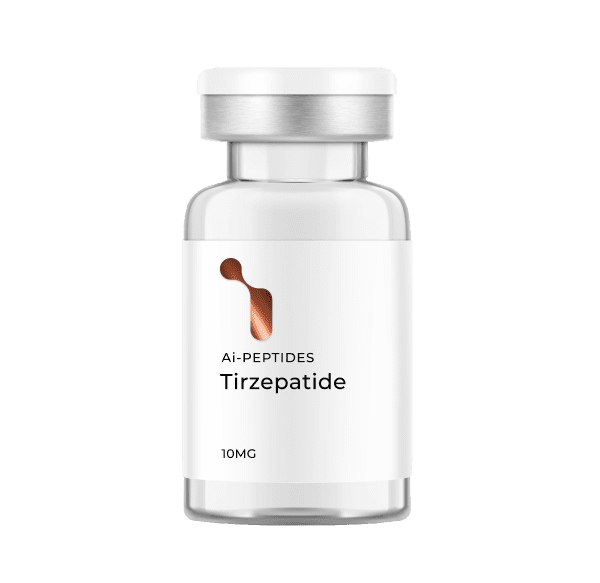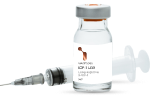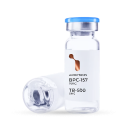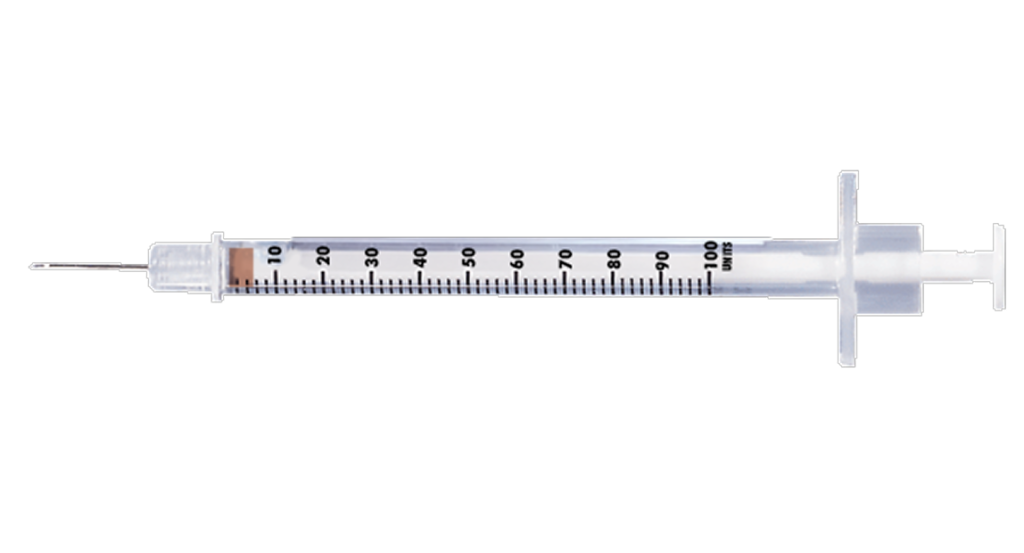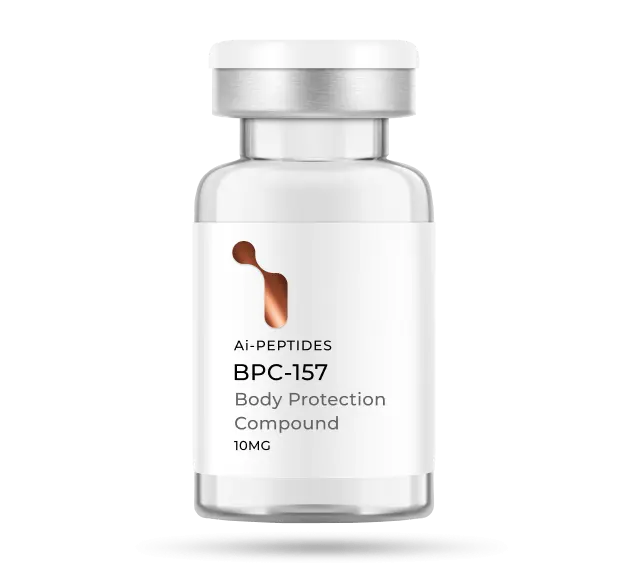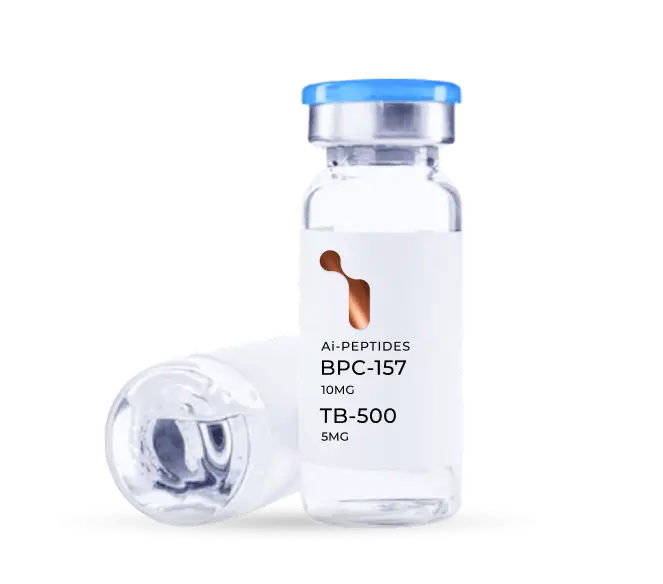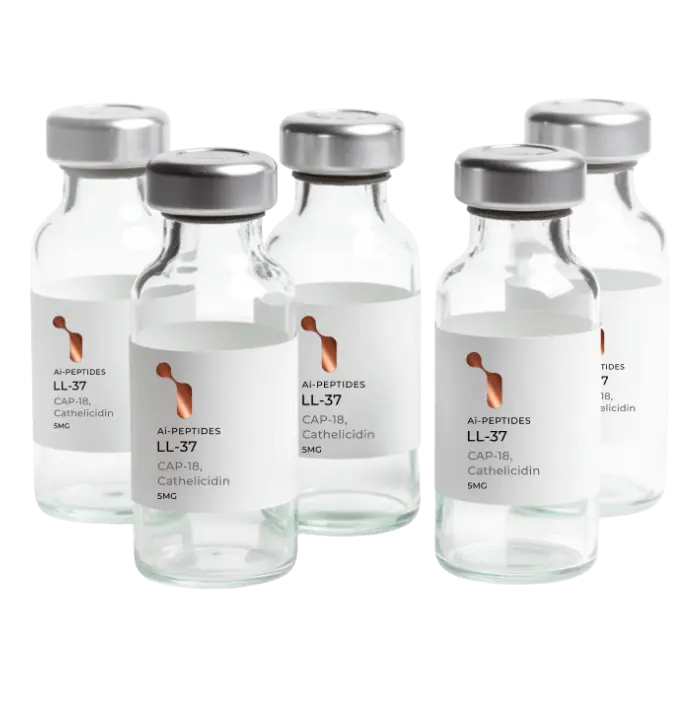Tirzepatide is a dual-agonist that works on both GIP and GLP-1 receptors—two natural “incretin” signals your body uses after meals. In plain language, it combines two coordinated metabolic messages in one molecule, which is why it’s a major focus in modern metabolic research.
What does that combo mean in research terms? GIP (glucose-dependent insulinotropic polypeptide) is discussed for amplifying insulin release when glucose is elevated, helping the body handle nutrients, and communicating with tissues involved in fuel storage and use. GLP-1 (glucagon-like peptide-1) is often linked with supporting insulin only when it’s needed (again, glucose-dependent), moderating glucagon in high-glucose states, slowing gastric emptying (which can blunt sharp post-meal glucose rises), and engaging appetite-related signaling in the brain. Looking at both together lets researchers explore combined effects on post-prandial glucose handling, satiety and energy intake, body-weight dynamics, and broader cardiometabolic readouts (e.g., insulin sensitivity markers, lipids). A dual approach also helps labs probe how signals interact—timing, dose-response, receptor cross-talk, and whether simultaneous activation produces additive or differentiated outcomes versus single-pathway tools. This is a research product, not a therapy, and findings can vary by model and protocol.
What you get from AI Peptides is clean, verified quality. Each lot of Tirzepatide is sequence-confirmed (e.g., mass spectrometry) and purity-checked by HPLC, with ≥99% purity (typical). Every order includes a lot-specific Certificate of Analysis (COA) with the actual test data—proof of identity, purity, and a clear analytical fingerprint.
We keep specifications tight and track every lot number to support repeatability. That means you can reorder and expect the same analytical profile—useful for method development, comparative work, and follow-ups where consistency matters as much as the initial result.
If you want a modern dual-agonist with transparent documentation and high purity, Tirzepatide from AI Peptides delivers the essentials: verified identity, reliable consistency, and clear, readable paperwork—so you can focus on the science with confidence.
